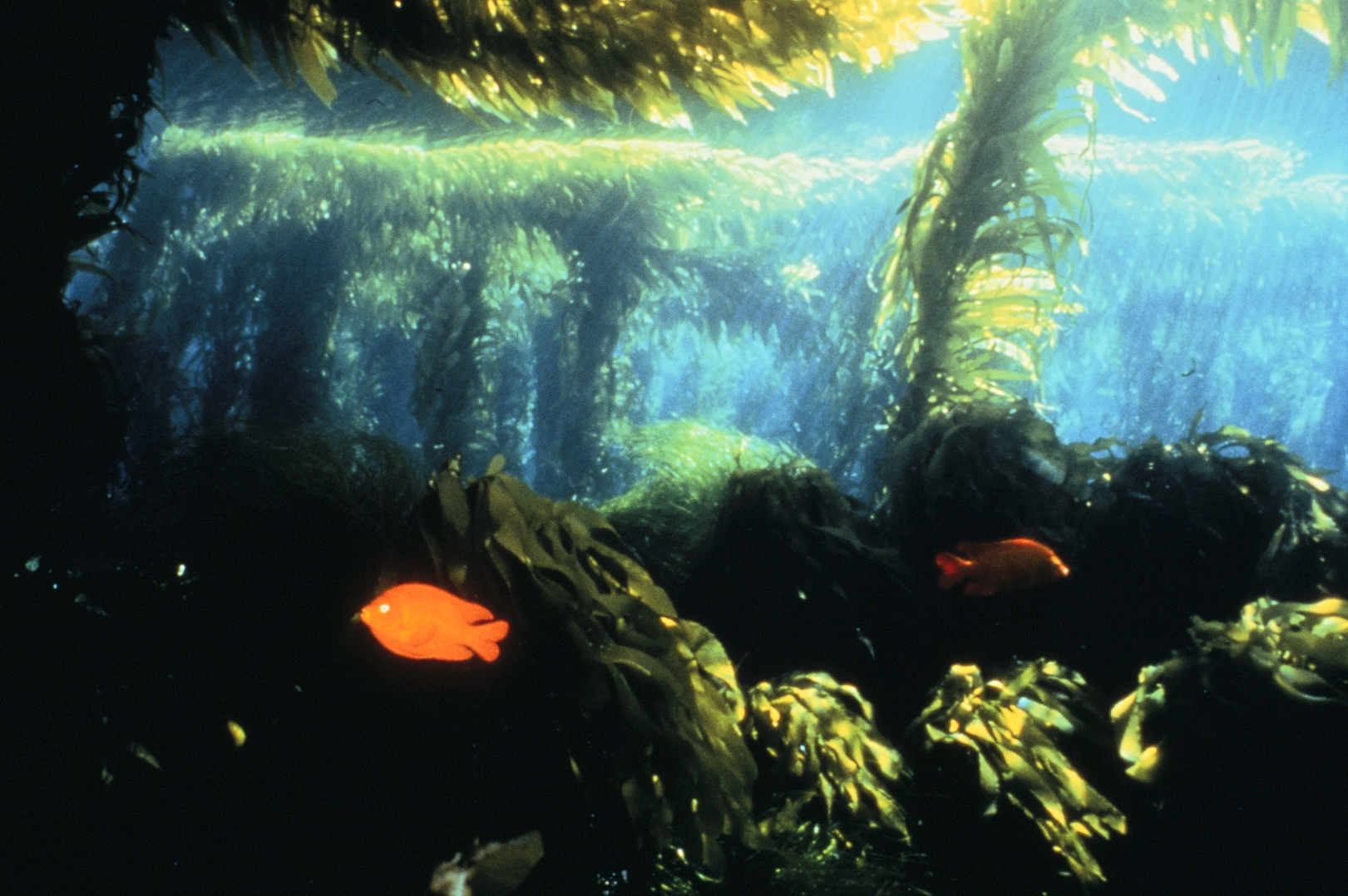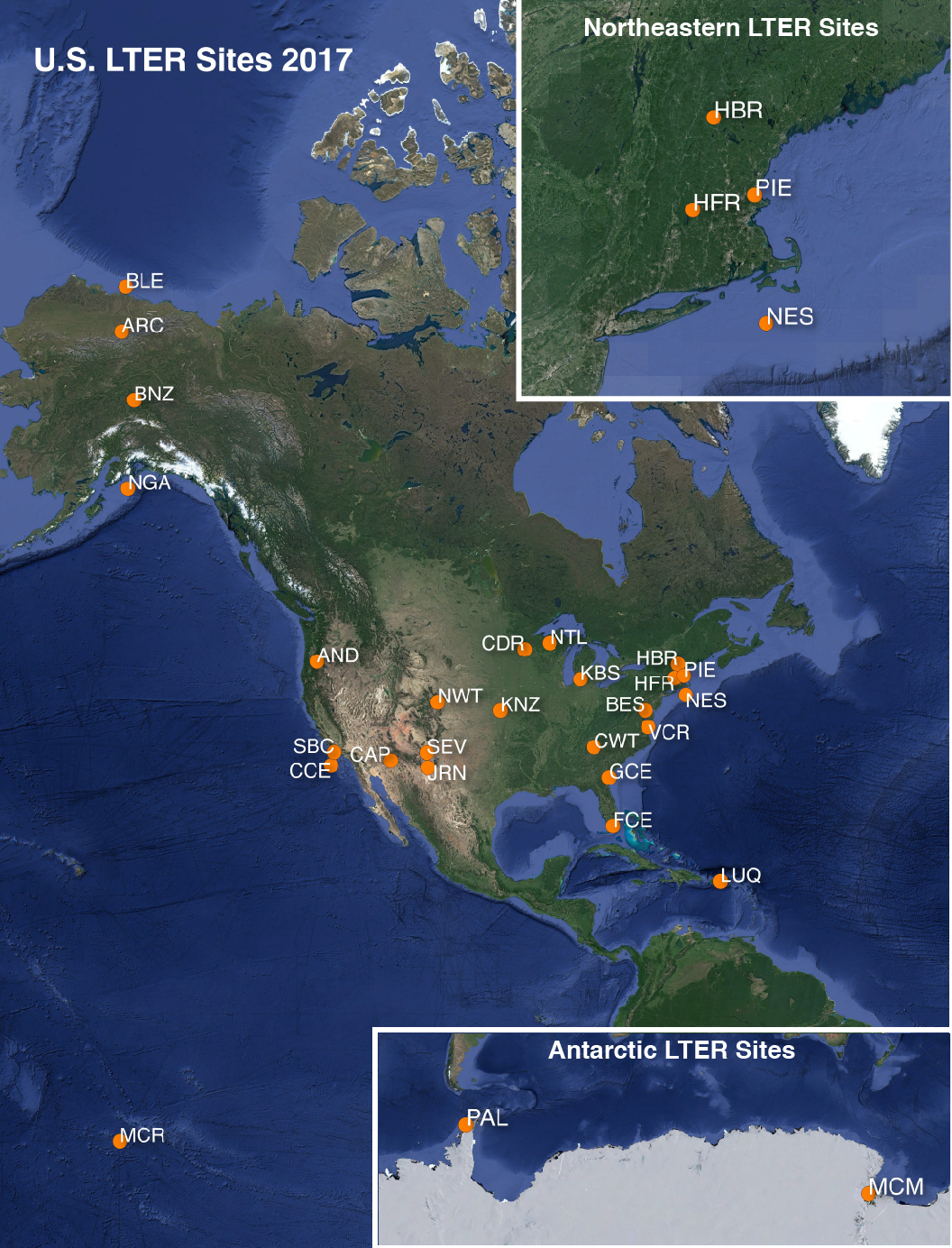About SBC LTER
Each LTER site involves dozens of researchers. At SBC this includes includes microbial, population, and community ecologists, oceanographers, physiologists, biogeochemists, social scientists, economists and educators. The shared knowledge of place offers unusual common ground for exploring disciplinary intersections.
Contact information
- Lead PI: Bob Miller
- CO PIs:
- Education Coordinator: Scott Simon
- Data Manager: Li Kui

The Santa Barbara Channel is a transition zone between the cold waters of the California Current and the warmer waters of Southern California, and is considered a transition zone between the Oregonian and Californian marine faunal provinces. Transition zones may be particularly susceptible to shifts in the composition of marine species driven by environmental variability. Pt. Conception (34.448 N, 120.471 W), at the western boundary of the Channel, is a major biogeographic and coastal oceanic boundary that strongly influences the physical and biological dynamics of the marine ecosystems within the Channel.
The mix of biogeographic provinces, warm and cool oceanic regimes and nearshore and offshore waters in the Santa Barbara Channel region results in a remarkably high biodiversity of marine organisms including marine mammals, seabirds, fish, invertebrates, plankton and algae. For example, at least 27 species of cetaceans have been recorded in the Santa Barbara Channel and 18 are considered resident, representing both northern and southern forms. Gray whales travel south through the channel in December and January, returning with calves on their northward trip from February to April as they migrate between feeding areas in the Bering Sea and breeding lagoons in Baja California, Mexico.
About the LTER Network
The events that influence ecosystems can be infrequent and often unpredictable. Major droughts, hurricanes, the arrival of a new species, or a shift in ocean currents can dramatically affect the way an ecosystem looks and functions. Legacies from past events can cause two sites that look superficially similar to behave in very different ways. Yet most ecological studies are funded just a few years at a time. In 1980, the National Science Foundation founded the Long-Term Ecological Research (LTER) network to provide a longer view. Today, research programs at LTER sites support ecological discovery on the influence of long-term and large-scale phenomena across a wide range of ecosystems including arctic tundra, grasslands, forests, estuaries, and coral reefs, and the kelp forests here off Santa Barbara.
LTER sites also serve the wider scientific community by:
- making almost 40 years of sustained observations publicly available
- developing and maintaining long-term experiments, which help to explain the mechanisms that cause ecosystem change
- providing long-term context and deep knowledge of place for researchers working on shorter-term projects training hundreds of graduate students in interdisciplinary and collaborative team science
Find out more about the LTER Network
